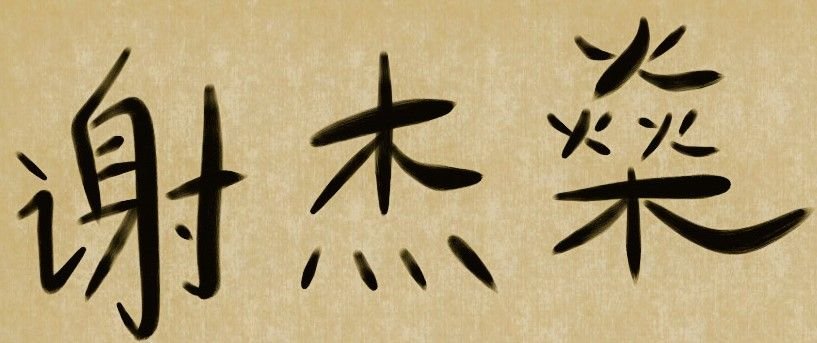Yesterday, I witnessed a pair of traditional Cham dances at the Esplanade. Performed by oracular monks from Mangtro Monastery in Ladakh, India, the ritual dances were blessings and meditations, bringing peace to and removing obstacles from the audience and the island of Singapore.

The ritual began with the preparation of the stupa. Representing the Buddha and the five elements, the stupa is the centrepiece of the performance, form which the dancers took their cue.
The evening’s performance spanned two dances: the dance of the stags and the dance of the warriors. The senior monks opened the dance with a brief chant, keeping time with cymbals.
When the chant concluded, dancers costumed as stags took to the ritual space.
Off to the side, a pair of dungchen, Tibetan horns, blew a low, grave tone. Cymbals clashed, a drum pounded, and the dance began.
With measured steps, the monks spun and danced around the stupa, tracing circles round and round the mound. With every pause, they swayed their arms and torsos back and forth, in sync with the haunting wail of the dungchen.
The MC said the deer dance was designed to bring blessings to the audience and to the land, and advised visualizing joy throughout the dance. Yet the dance was a solemn, downbeat affair, with simple repetitive movements and whole-body motions. Grave, yet gentle; simple, yet intricate; the dance ended as abruptly as it had begun, with the dancers making their way to the side, still dancing as they went.
The second dance began with another chant. Different from the first, shorter and more forceful, the monks kept time with the cymbals and the drum.
The warriors stepped up. Armed with fearsome masks, golden bucklers and ritual wooden swords, the warriors took their places before the stupa.
The dungchen blew, signalling the start of the dance. The warriors skipped about, lifting their legs high and arching their feet, drawing fresh circles around the stupa. The drums and the cymbals joined in, accompanying every motion. Every time they stopped, the warriors bent over and swept the bucklers outwards, symbolically blocking negative forces, and cut at the air, representing the removal of obstacles.
Round and round they went, blocking and cutting, their motions slow but smooth, in harmony with the clashing of the cymbals, the pounding of the drum, the eerie, whirring wail of the dungchen.
After the dances ended, one of my companions reported feeling energized. Another felt calm and relaxed. I experienced both–and the effects linger still.
There was a second performance later that evening, but the monks graciously allowed photographs, two of which are shown below.
The Cham dances offered a glimpse into a distant corner of this world. Cham is infused with deep spiritual and cultural significance, with every gesture, every colour and every ritual object deeply intertwined with esoteric Buddhist teachings. One part public performance, one part intense meditation; one part blessings, one part teachings; Cham is an art form steeped in history and Buddhism. However, with fewer monks entering the monasteries, Cham is a dying art, predicted to fade away within a hundred years.
Extra Photos
An underground tunnel connects the Esplanade theater to the metro station. In line with its commitment to the arts, the Esplanade displayed an art exhibition, combining the tunnel with abstract art pieces.
Verily, the height of artistic expression.
—

If you like your fiction spiced with exotic places, deep culture and history, and heavy action scenes, check out my latest novel HAMMER OF THE WITCHES.
Leave a Reply